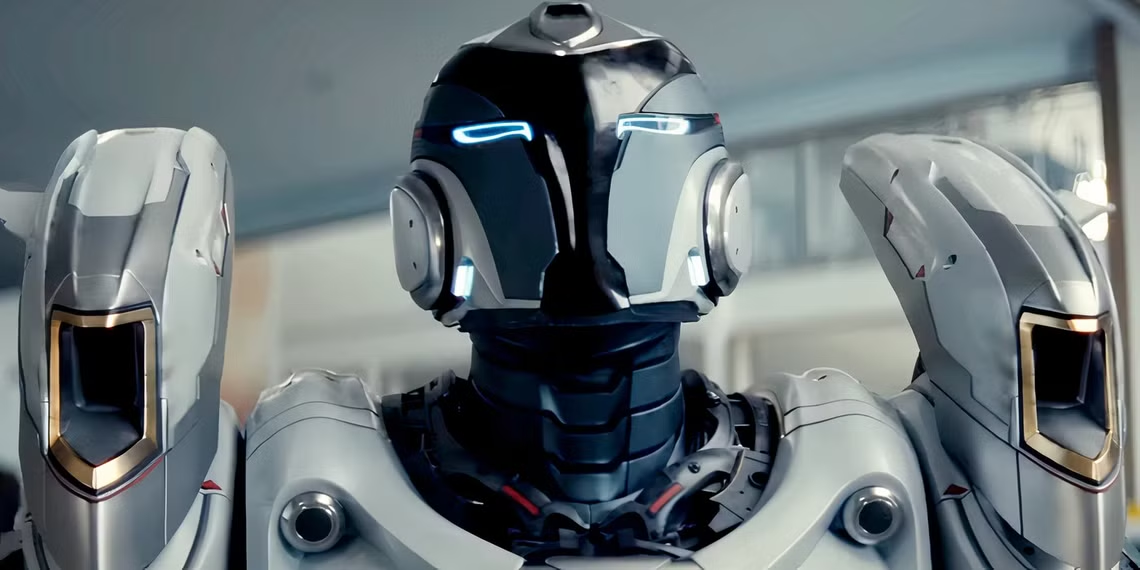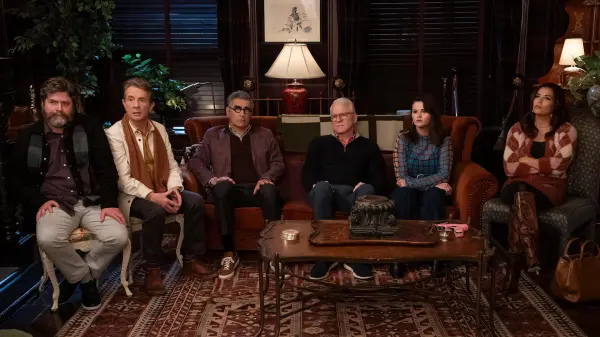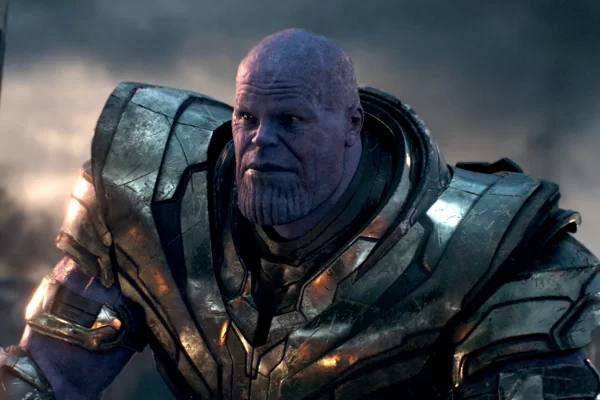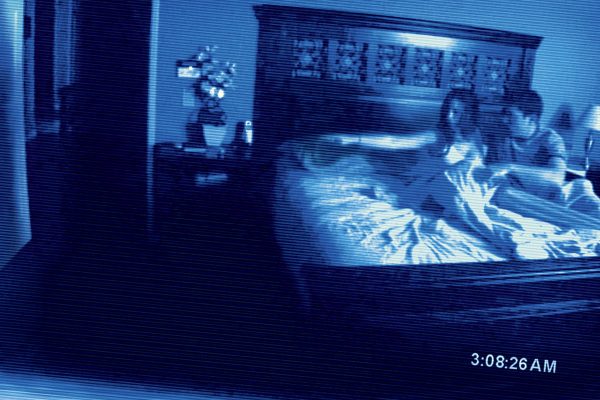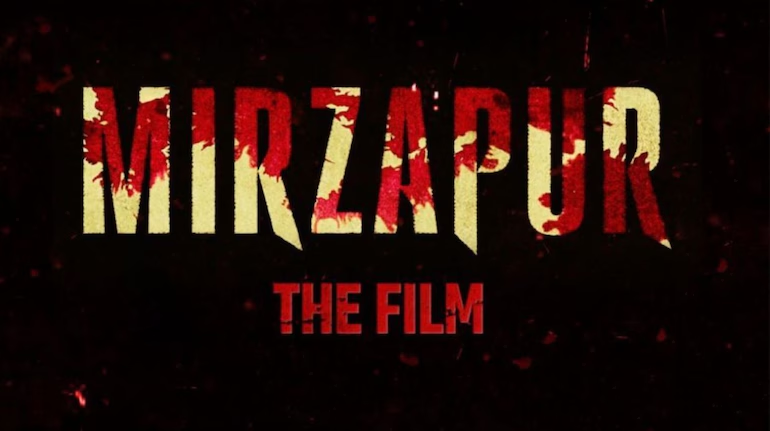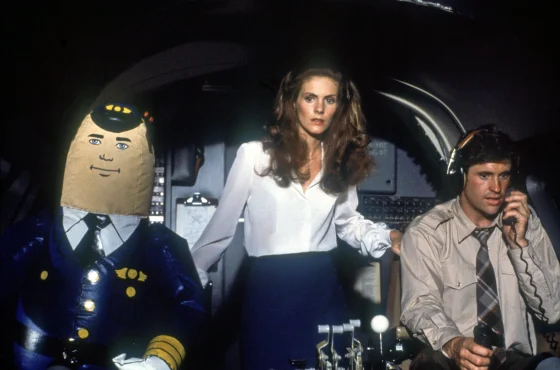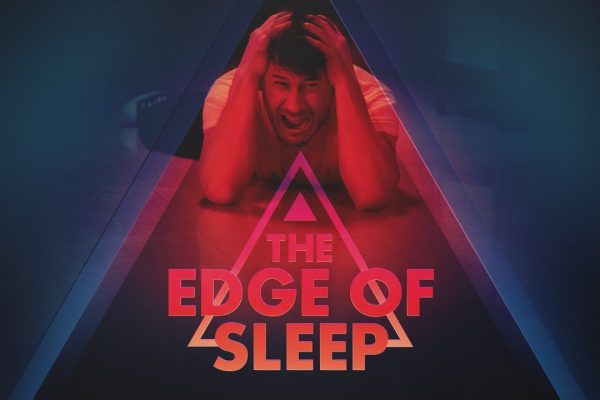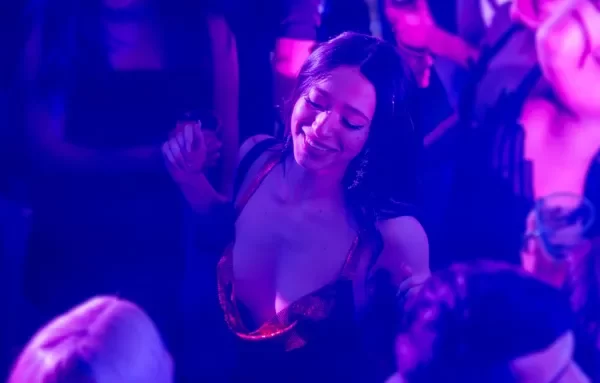
Sean Baker’s Anora Achieves Record-Breaking Per-Screen Average
Sean Baker’s latest film, Anora, has made waves by achieving the highest per-screen average of any film released in 2024. The film garnered an impressive $90,000 per screen from just six locations, amassing a total gross of $540,000. These numbers were reported by Deadline, highlighting Anora’s success across various prominent venues, including The Lincoln Center, Angelika, and Alamo Brooklyn in New York, as well as The Grove, Century City, and Burbank in Los Angeles. The film’s standout performance is further celebrated with its feature on the cover of the latest print edition of MovieMaker Magazine, which includes an insightful conversation between Baker and lead actress Mikey Madison. Synopsis of Anora Anora follows the story of a sex worker from Brooklyn, affectionately known as Ani, played by Madison. Her life takes a dramatic turn when she marries the son of an oligarch. However, the fairytale quickly spirals into chaos when her new husband’s family in Russia discovers the marriage and travels to New York to pursue an annulment. The film’s per-screen average is a key metric in the film industry, illustrating how much revenue a film generates relative to the number of screens it occupies. This statistic helps theaters decide which films to continue showcasing based on audience demand and profitability. A spokesperson for Neon, the film’s distributor, expressed enthusiasm over the record-breaking figures and the overwhelmingly positive critical reception. They noted, “Sean Baker’s Palme d’Or-winning film Anora demonstrates the vital role of theatrical experiences. With Mikey Madison delivering a remarkable performance, we anticipate continued audience engagement as we head into the fall.” Critical Acclaim and Comparisons Anora not only leads the per-screen averages of the year but also ranks second in post-pandemic averages, trailing only Wes Anderson’s Asteroid City. It joins an elite group of films with top per-screen averages over the last five years, alongside critically acclaimed titles such as Bong Joon Ho’s Parasite, A24’s Uncut Gems, and The Favourite from Searchlight Pictures. The film is a collaborative effort, with Baker taking on the roles of writer, director, and producer, alongside producers Alex Coco and Samantha Quan. The cast features talents like Mark Eydelshteyn, Yuriy Borisov, Karren Karagulian, and Vache Tovmasyan, enhancing the film’s depth and storytelling. Baker’s Filmography and Awards Sean Baker’s storytelling has often centered on themes related to sex work, as seen in his previous films like Starlet (2012), Tangerine (2015), The Florida Project (2017), and Red Rocket (2021). His dedication to depicting the complexities of marginalized lives has resonated widely, culminating in Anora winning the prestigious Palme d’Or at the Cannes Film Festival, one of the highest honors in cinema. Mikey Madison, an emerging star in Hollywood, has demonstrated her versatility through various roles, including her memorable performances in Once Upon a Time in Hollywood and the Scream franchise. She has also appeared in critically acclaimed series like Pamela Adlon’s Better Things and Apple TV+’s Lady in the Lake, alongside prominent actresses like Natalie Portman. The Journey of Sean Baker Born in Summit, New Jersey, Baker honed his craft at NYU’s film school. He gained recognition for his unique approach to low-budget filmmaking, starting with his 2000 debut Four Letter Words, which offered a raw, comedic look at young suburban life. His film Take Out marked his first exploration of labor, focusing on the life of an undocumented Chinese immigrant. Baker’s groundbreaking work with Tangerine showcased his innovative style and commitment to authentic storytelling, particularly regarding the lives of transgender individuals. This film, set during the holiday season, has even earned a spot on Rotten Tomatoes’ list of the 100 Best Christmas Movies of All Time. Currently, Anora boasts an impressive 98% approval rating on Rotten Tomatoes, further cementing its status as a must-see film this fall. Anora is now playing in theaters, captivating audiences with its powerful narrative and exceptional performances.
